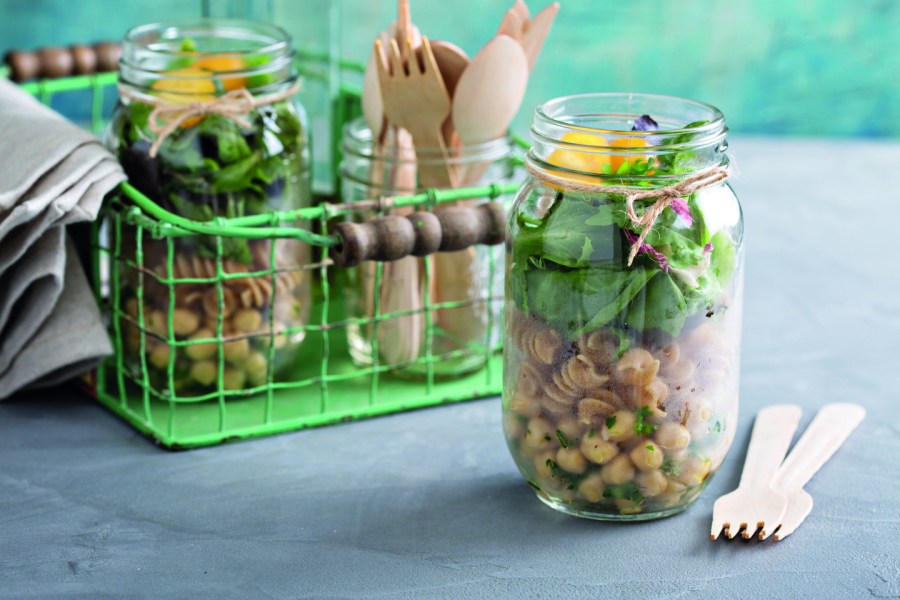Fuel your fitness routine whilst sticking to a low-cost budget this Christmas, with these top tips for healthy nutrition on a budget…
We’ve all been affected by the cost of living crisis, and it’s not just our wallets that are feeling the pinch – our health is also taking a massive hit. The latest figures from the Office for National Statistics has shown that the cost of an average basket of groceries has risen by 4.2 per cent, whilst a separate study by researchers at smart food innovators yfood reports that the cost of living squeeze has impacted the way we shop.
Related: Pre-workout nutrition for women: what to eat & when
Yfood’s research reveals that 41 per cent of us now associate healthy and nutritious food products with unaffordable prices, while a further 33 per cent of us feel that we have been forced to change the way we shop at the expense of our dietary needs.
We’re fast approaching the most expensive time of the year! So, if you’re worried about keeping your diet and fitness on the right path, without watching your monthly expenditure spiral out of control, we’re here to help. Our 30 top ways to be more resourceful and shop smart will help you to save money and reduce waste.
Related: How to boost your metabolism: nutrition & exercise tips
Your guide to healthy nutrition on a budget
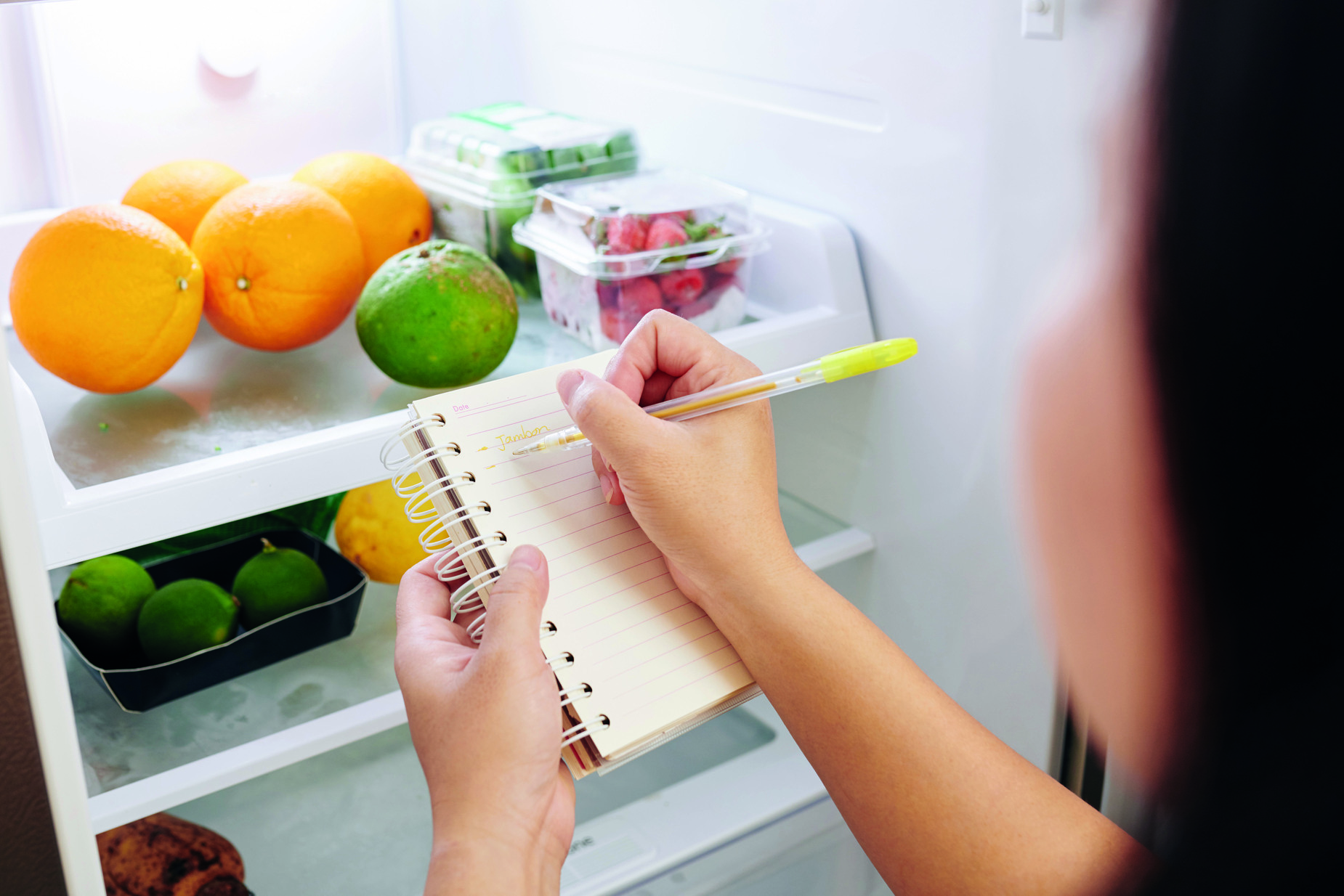
1. Do a stock take
Make a macronutrients list. Go through your fridge, freezer and cupboards, noting down each food’s macronutrient category (carbs, protein, fats), as these form the basis of meals. This will allow you to be more resourceful using up what you already have for your post-fitness fuel.
2. Fill any food gaps
Before you go to the supermarket, go through your inventory list and see where there are any gaps that need filling. Maybe you’re low on cans of beans, quinoa or brown rice? Once you have a list of things you’re running short of, you can shop more effectively without doubling up.
Related: Healthy grocery shopping list: essentials & meal plan ideas
3. Shop for reduced items
Price drops happen at the end of the day, so head to the supermarket then. Look for items that the shops are trying to get rid of, usually because food is nearing its sell-by-date. Choose products you can freeze and you won’t have to worry about the date passing.
4. Don’t throw food away
Salvage food that’s looking a little worse for wear. Overripe bananas can be made into a healthy banana bread; apples, pears, plums and bananas can be stewed and used to jazz up porridge; and stale bread can be whizzed into breadcrumbs.
Related: 5 sustainable nutrition tips to cut your carbon footprint
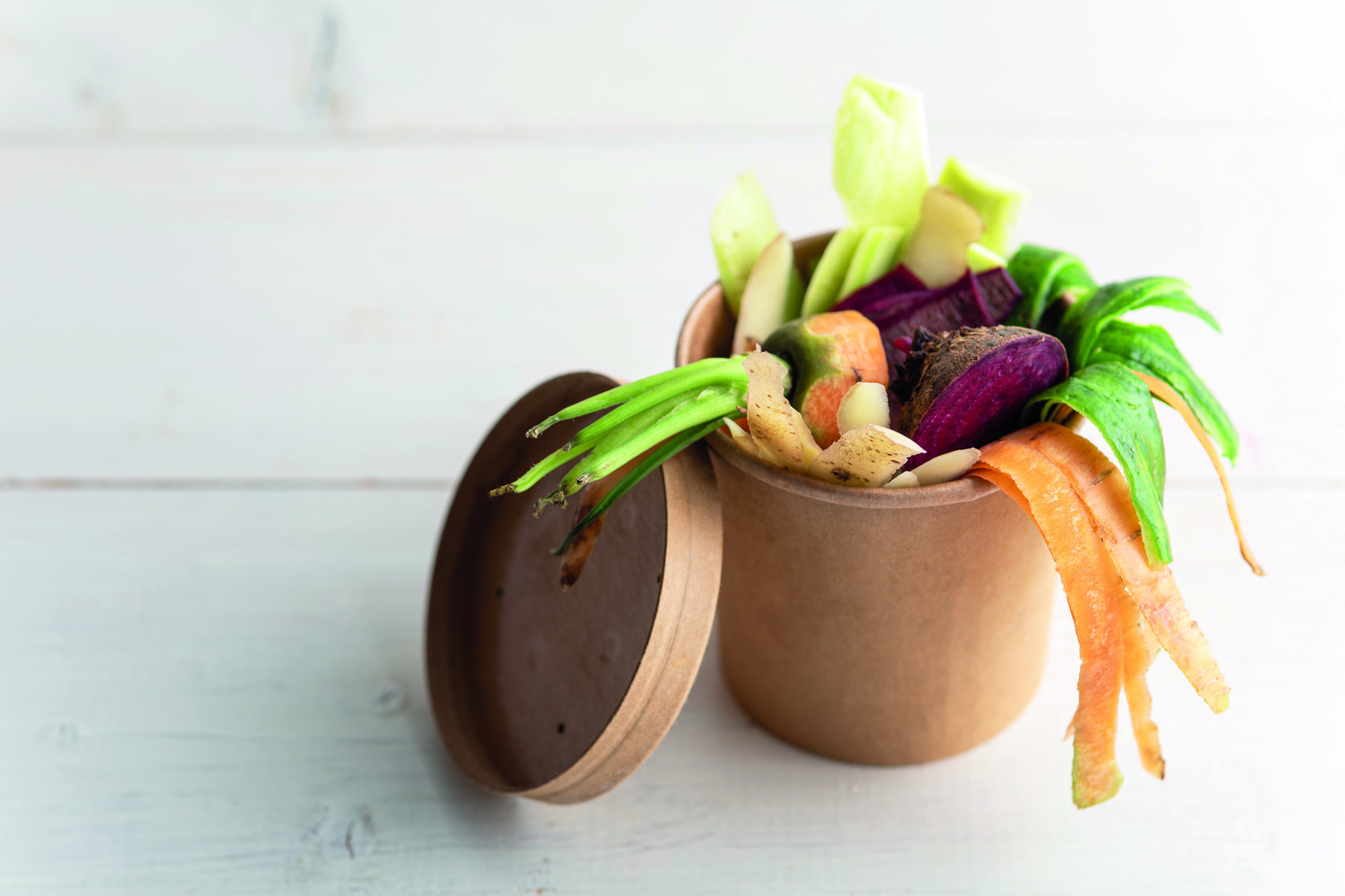
5. Use veggie scraps
Use the ends of onions, broccoli stems and carrot to make a delicious stock that can be used in casseroles and sauces.
6. Fill up on eggs
Eggs are one of the best and cheapest fitness foods. ‘If you have leftover potatoes and vegetables, fry them up and top with an egg for a nutritious, quick meal,’ says personal trainer and nutritional therapist Chloe Bowler.
7. Batch cook your meals
Have a healthy meal ready post-gym to avoid the temptation of a takeaway. ‘Cook meals in big portions so you use all the ingredients you buy, rather than buying to cook each meal and having leftover ingredients,’ she adds.
8. Portion out meals
Make big portions of your favourite fitness meals in advance and then freeze them in single-portion sizes. ‘This way you won’t overeat as it is already portioned out, and it will also save you money,’ advises Bowler.
9. Choose versatile protein sources
Roasting a whole chicken is an economical way to get a protein fix. ‘Roast the chicken, strip the leftover meat to make a curry or casserole, and then boil up the carcass with vegetables to make a delicious chicken stock. You can freeze the stock in an ice cube tray to use when you need it,’ shares Bowler.
Related: Vegan diet staples: best protein, iron & calcium sources
10. Flavour food with condiments
Condiments such as dried herbs, spices, mustard, Worcestershire sauce and balsamic vinegar are great ways to add flavour to workout meals at a low cost. Make sure your kitchen cupboards are well stocked.
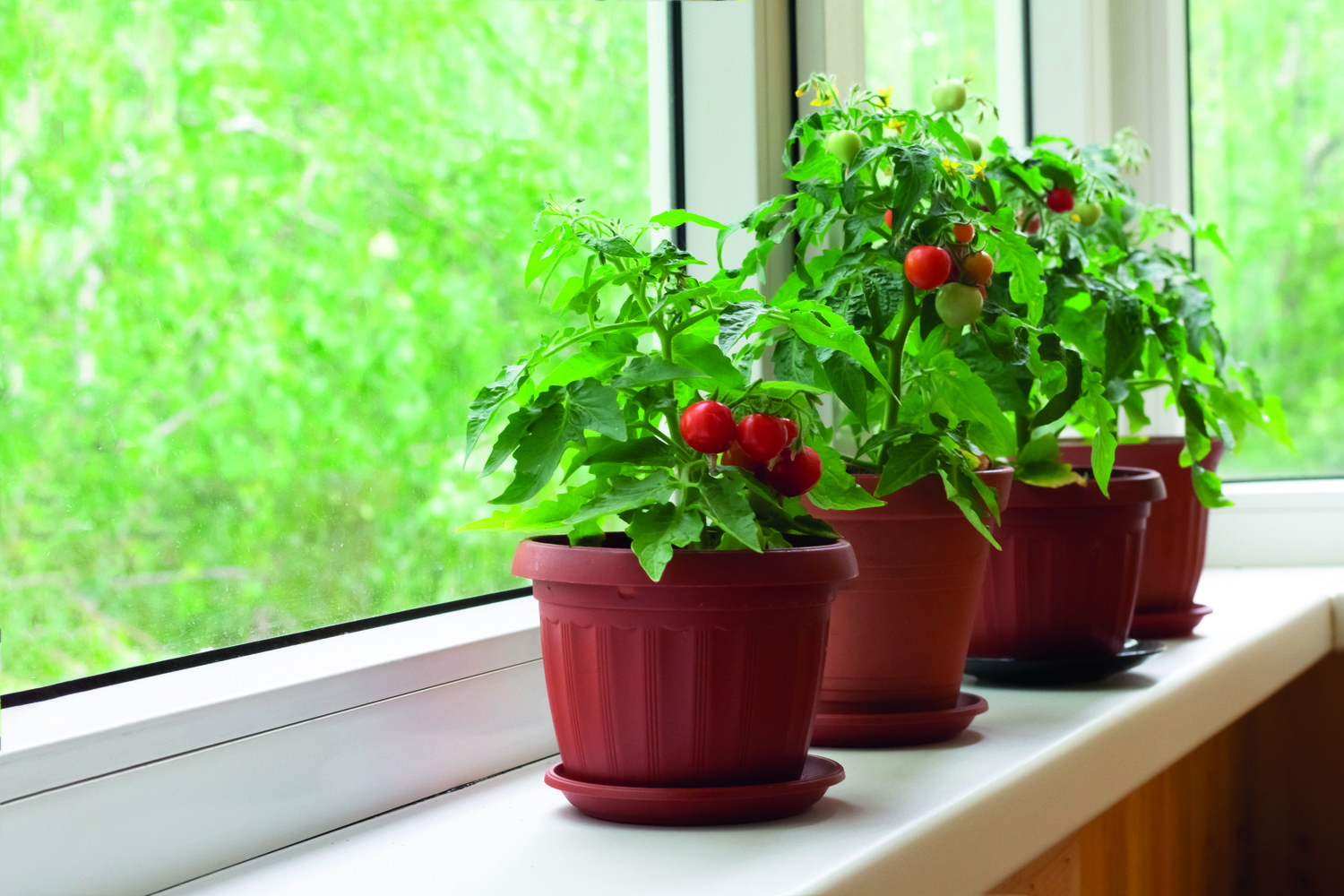
11. Grow your own
If you can, grow your own vegetables and herbs instead of buying them. ‘Even if you don’t have much room, you can grow tomatoes and herbs in a pot, and a chilli plant will happily grow on a window sill,’ says Bowler.
12 Try Using waste-sharing apps
Use free food apps to fuel fitness meals. OLIO connects neighbours with each other and with local businesses so surplus food can be shared, not thrown away. Whilst Too Good To Go lets you buy unsold food at reduced rates.
13. Be resourceful
Bulk out meaty dishes such as homemade cottage pie and lasagne with butternut squash, pumpkin and lentils, as these are cheaper and super nutritious.
14. Get snack savvy
Having a snack on-the-go can help you before or after your workout. ‘Rather than buy expensive cereal bars, try making your own with some oats, dates and peanut butter. They are so easy to make and can be stored in an airtight container for a few days,’ recommends Bowler.
15. Eat a rainbow
High-quality vitamin pills to supplement your fitness routine can be beneficial but expensive. If you want to shave money off your monthly spend, aim to eat as many brightly coloured fruit and veg per day (around nine if possible), to make sure you are supplying your body with a wide range of nutrients instead of taking a multivitamin supplement.
16. Buy canned foods
Canned beans, lentils and chickpeas are kitchen cupboard staples that can be made into curries and stews with little effort. ‘They are a source of protein, and can make a delicious meal at a low cost,’ adds Bowler.
17. Choose cheaper fruit
Tropical fruits can be expensive but everyday fruits including bananas and frozen berries work just as well in a post-workout smoothie. ‘A good, old-fashioned banana is loaded with nutrition and is one of the cheapest snacks around,’ says Bowler.
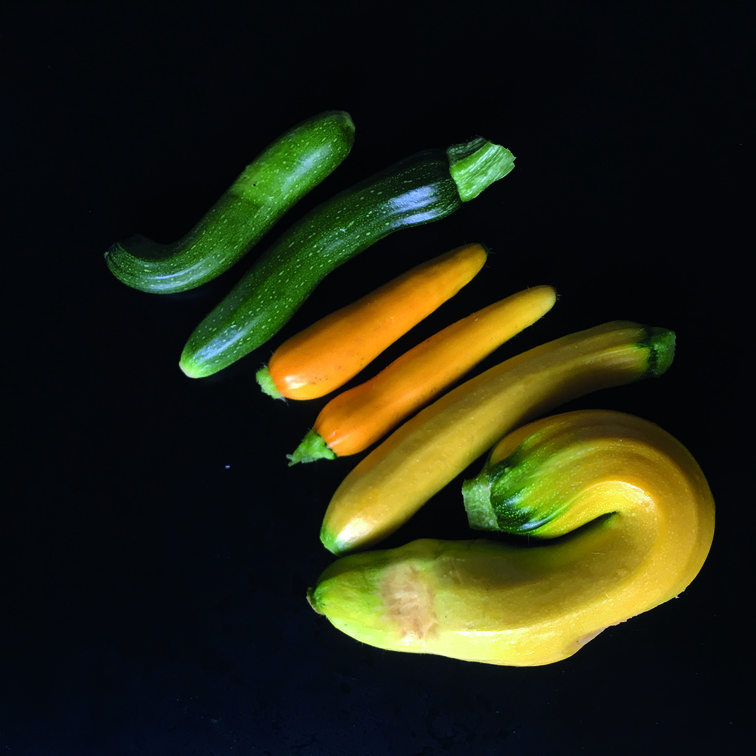
18. Buy wonky veg
Aesthetically imperfect produce, known as wonky veg, is usually a cheaper alternative to regular product but tastes just as good. You’ll find a wonky veg range in most supermarkets or sign up to a veg box scheme such as wonkyvegboxes.co.uk.
19. Make your own
Even if you are not an amazing cook, try to cook from scratch where you can. ‘It is really easy to make your own bread and yoghurts, and this will save you so much money in the long term,’ says Bowler.
20. Revive wilting ingredients
Don’t just chuck out wilting leaves. Breathe life back into droopy salads by submerging them into ice cold water for a few minutes, and use the stalks of herbs such as parsley and coriander in pasta dishes, curries and casseroles.
21. Choose cheaper meat cuts
Beef mince, chicken drumsticks and rump steak are some of the cheapest yet most flavoursome cuts of meat that will help you to get your muscle-repairing protein quota.
Related: Is being vegetarian healthy?
22. Make a DIY electrolyte drink
There’s no need to splash out on expensive electrolyte drinks. Make a homemade version with 450ml coconut water, 1/2 tsp sea salt or Himalayan salt, 2 tbsp honey and the juice of half a lemon. Combine the ingredients and pour into a bottle until needed. What a tasty way to stay hydrated during long-duration sports!
23. Use your freezer
Freezing is such an efficient way of storing basic ingredients before they go bad. ‘You can freeze chopped chilli, garlic and onion, and use them straight from the freezer,’ says Bowler.
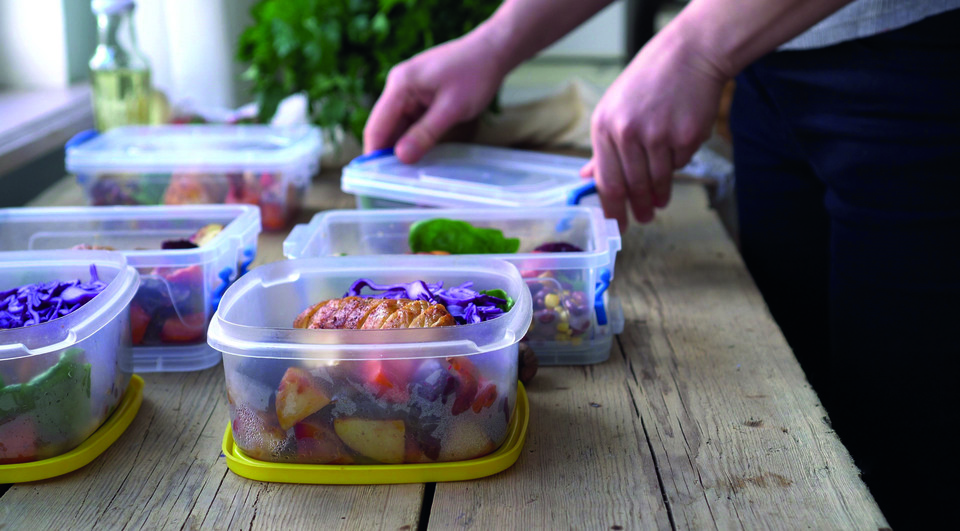
24. Invest in Tupperware
Mason jars and Tupperware boxes are a money-saving must. Fill them up with nuts to snack on pre-workout and for storing breakfast and lunch when you’re on the go.
25. Eat more soup
It’s especially important to stay hydrated when you’re active. A bowl of broth is inexpensive to whizz up and will add to your fluid intake as well as supplying your body with a ton of nutrients.
26. Pick frozen or canned fish
We should be aiming for at least two portions of sustainably caught oily fish such as salmon and sardines per week. Opt for frozen or canned over fresh to save money without compromising on taste.
27 Avoid pre-cut foods
Fresh, pre-cut fruit and veg saves time but is usually a more expensive option, whilst frozen produce that’s already sliced is a cheaper option.
28. Fill up on oats
Oats are an extremely versatile food that can be used for porridge, in crumble toppings and homemade muesli, so make sure that you always have a packet in the cupboard.
29. Whip up fermented foods
Fermented foods are kind to your gut but they can be expensive. Make your own sauerkraut by adding 2 tbsp salt to a small head of sliced cabbage leaves. Place in a sealed container, mix well and leave for three days before eating.
Related: Mycobiome diet: rebalance your gut to lose belly fat
30. Get rewarded for spending
Sign up to supermarket loyalty schemes to earn points which translate into money off your weekly shop. Buying supermarket value brands will also help to shave money off your bill.
How to cut down your supermarket bill:
Head of Embryo Digital PR Jo Threlfall reveals how she’s cut down her supermarket spending…
‘I approach my weekly shop by thinking about what meals I plan to make that week. I think when you visualise what you want and put together a list in advance of what you need, it helps you stick to budget and avoid over spending. It also keeps you away from buying unnecessary items!
‘I tend to stock up on chicken and fish, and buy veggies in accordance with what I plan to have with that meal. For example, I purchase loose broccoli as opposed to a microwave bag as you get more for less money. I also stock up on larger sauces to split over meals that week and the week after, to help save cash.’
Words: Louise Pyne | Images: Shutterstock

